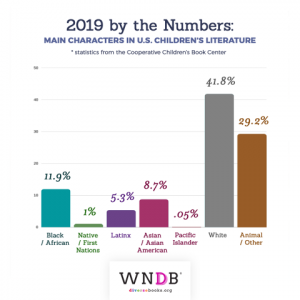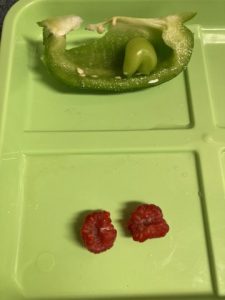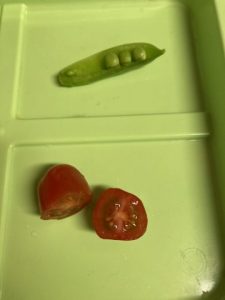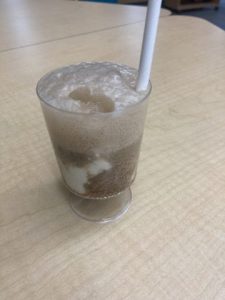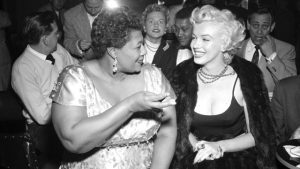
Today, we learned about the friendship between Ella Fitzgerald (famous Jazz singer) and Marilyn Monroe (famous actress). We read the book Making Their Voices Heard, a book by Vivian Kirkfield, which details how Marilyn and Ella worked together to support each other when they experienced prejudice.
In the 1950s, Ella Fitzgerald was not allowed to perform at certain concert halls and lounges because she was Black. Marilyn had always admired Ella’s music and her spirit, and wanted to be an ally and support her friend. Marilyn knew what it was like to be treated differently because she experienced prejudice and sexism. Marilyn promised the owner of the Mocambo club that if they let Ella perform, Marilyn would be in the audience… which meant lots of photographers and reporters would come to the Mocambo as well.
Being an ally means having empathy for the experiences of other people, and standing up for them. Being an ally means using any privileges and power that you have to make sure no one faces injustice. Being an ally means saying something instead of being a bystander or a silent witness.
How can we be an ally for someone in our lives?

